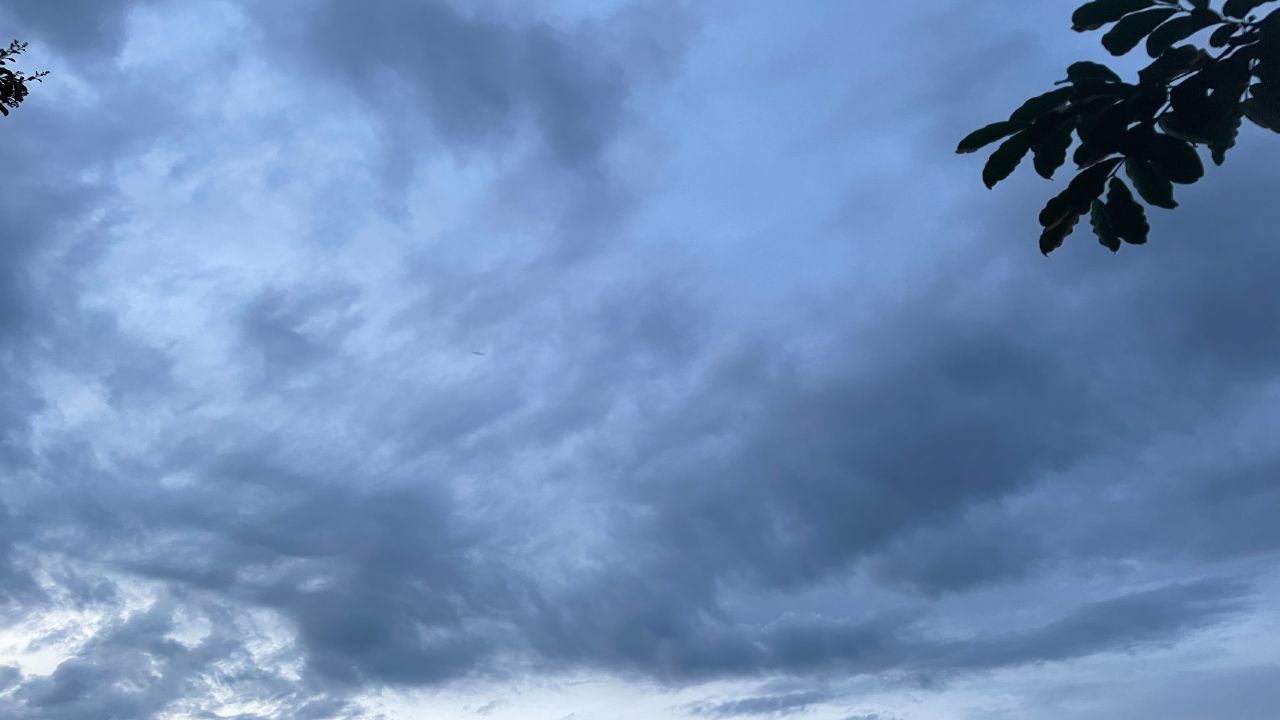You don’t have to be a bonafide meteorologist to put your love of weather to good use.
The National Weather Service (NWS) is a government agency that provides weather, hydrologic, and climate data, forecasts, and warnings for the United States, its territories, and its adjacent bodies of water. The goal of the 122 weather forecast offices is to protect life and property, as well as aiding in the enhancement of the economy.
The general public can help the NWS achieve those goals through a couple of different ways. That includes the COOP program, becoming a storm spotter, joining the CoCoRaHs community, and using the mPING app.
The Cooperative Observer Program (COOP) is the national weather observing network. Nearly 10,000 volunteers report daily weather observations back to the NWS.
The NWS provides the training, equipment, and maintenance. The daily data you provide will support warnings, forecasts, and even help build a long-term weather history for your area.
This program has existed since 1890 and is one of the few that actually measures snowfall and its water equivalent. Right now, the NWS office in Buffalo is looking for a volunteer weather observer in Osceola in the North Country.
If you’re interested in that opening, click here for more information. Those openings are more limited, but that’s not the case for the CoCoRaHs community.
The Community Collaborative Rain, Hail, and Snow Network (CoCoRaHs) is a network of volunteer observers who measure precipitation from their backyards.
Unlike COOP observers who report back directly to the NWS, those in the CoCoRaHs network enter their observations online for various people to see. That includes meteorologists, but also hydrologists, insurance adjusters, and engineers.
The equipment isn’t provided for you though. This link has the application to join CoCoRahs, but it also suggests where you can buy a high capacity four-inch diameter rain gauge.
If you’d rather be able to volunteer from not only the comfort of your home, but also anywhere you travel to across the country, check out SKYWARN.
SKYWARN is a volunteer program with over 300,000 trained severe weather spotters that help keep their local communities safe by relaying reports of severe weather to the NWS.
Volunteers are trained by NWS meteorologists to properly identify and describe different elements of hazardous weather. Since the program started in the 1970s, the information provided by SKYWARN spotters has helped the NWS issue more timely and accurate warnings for tornadoes, severe storms, and flash floods.
There’s free local and online training, with sessions lasting about 2 hours. To find a class in your area, click here.
Last, but certainly not least, is using the mPING app. Meteorological Phenomena Identification Near the Ground project (mPING) allows users to report the type of precipitation they’re seeing.
There’s no need to measure anything, you just have to download the app to anonymously submit your report. Those reports are then automatically put into a database to improve weather computer models.
That information is even used by road maintenance crews and aviation to help identify any icy areas. However, there was a hiccup with the mPING app recently.
In early July, the app was flooded with so many false reports that it had to temporarily shut down. There’s no set time as to when the app will be up and running once again, so keep an eye out for future updates.






